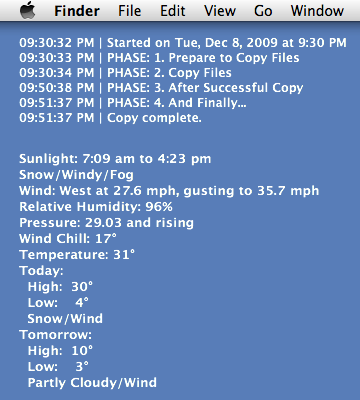
I spent this afternoon giving my desktop a long-overdue makeover. Encyclopedia of Neuroscience.Every now and then, I need a change of scenery, and that includes what I see on my computer desktop. Neural Circuitry in the Somatosensory System.University of Nebraska, Lincoln Public Access Theses. Hemodynamic Changes in Cortical Sensorimotor Systems Following Hand and Orofacial Motor Tasks and Pulsed Cutaneous Stimulation.Hyuntaek Oh, Rebecca Custead, Yingying Wang, and Steven M Barlow. Neural encoding of saltatory pneumotactile velocity in human glabrous hand.Rebecca Custead, Hyuntaek Oh, Yingying Wang, Steven Barlow. Brain encoding of saltatory velocity through a pulsed pneumotactile array in the lower face.Benjamin Hage, Emily Way, Steven M Barlow, Gregory R Bashford. Real-Time Cerebral Hemodynamic Response to Tactile Somatosensory Stimulation.Yingying Wang, Fatima Sibaii, Rebecca Custead, Hyuntaek Oh, and Steven M. Functional Connectivity Evoked by Orofacial Tactile Perception of Velocity.Whole brain mapping of somatosensory responses in awake marmosets investigated with ultra-high field fMRI.Mohsen Hozan, Jacob Greenwood, Michaela Sullivan, and Steven M Barlow. Classification of Tactile and Motor Velocity-Evoked Hemodynamic Response in Primary Somatosensory and Motor Cortices as Measured by Functional Near-Infrared Spectroscopy.Yingying Wang, Rebecca Custead, Hyuntaek Oh, Steven M.

Dynamic Causal Modeling of Neural Responses to an Orofacial Pneumotactile Velocity Array.In tactile stimulation of the fingertips, for example, responses are evoked in the scalp that closely mirrors the waveform and latency of those responses evoked by transcranial electrical stimulation ( Aminoff et al., 2012). Tactile stimulation involves the activation of nerve receptors (including thermal, pain, and location receptors) under the skin's surface.
#Geektool weather 2015 software#
The Galileo system's native software also includes counterbalanced and random modes, making it perfect for research studies and applications. The system's software and hardware controls allow for complete customisation of pneumatic frequency, pulse trains and patterns, and wave height, while the built-in tuning feature allows the researcher to read the waveform directly from one of the nodes (of your choice) and tweak the wave in the software. The Galileo Tactile Stimulus System has been designed with the researcher in mind and can be supplied in either rack mount or desktop versions. The dedicated TTL input can be used to start a sequence from another piece of hardware or software, or USB can be used in conjunction with other industry software and hardware to do event-based stimulus triggering. Each channel of the Galileo Tactile Stimulator is equipped with TTL output ports which can synchronise easily with imaging systems.

With a 9 ms rise time at 17′ tube length and an 11ms rise time at 25′, this evoked response stimulator is ideally suited for tactile stimulation in fMRI, fNIRS, MEG, EEG, and PET environments. The Galileo system is the very first tactile somatosensory stimulator designed to be used in functional magnetic resonance imaging (fMRI) and other magnetic imaging suites, using only plastic contacts and air to create the stimulus. Stimulus-response is ideally suited for two of the most skilled sensorimotor systems of the human body the hand (manipulation) and the orofacial (speech) systems.Īs a result of the Galileo Tactile Stimulus System's natural, punctate stimuli, this pneumotactile stimulator is able to recruit nerves in the correct, desired order and creates an interference-free signal. The Galileo Tactile Stimulus System is an 8-channel, pneumatic evoked response tactile stimulator that can be used to activate populations of low-threshold, rapidly conducting mechanoreceptive afferents in soft tissues overlying joints and muscles.


 0 kommentar(er)
0 kommentar(er)
